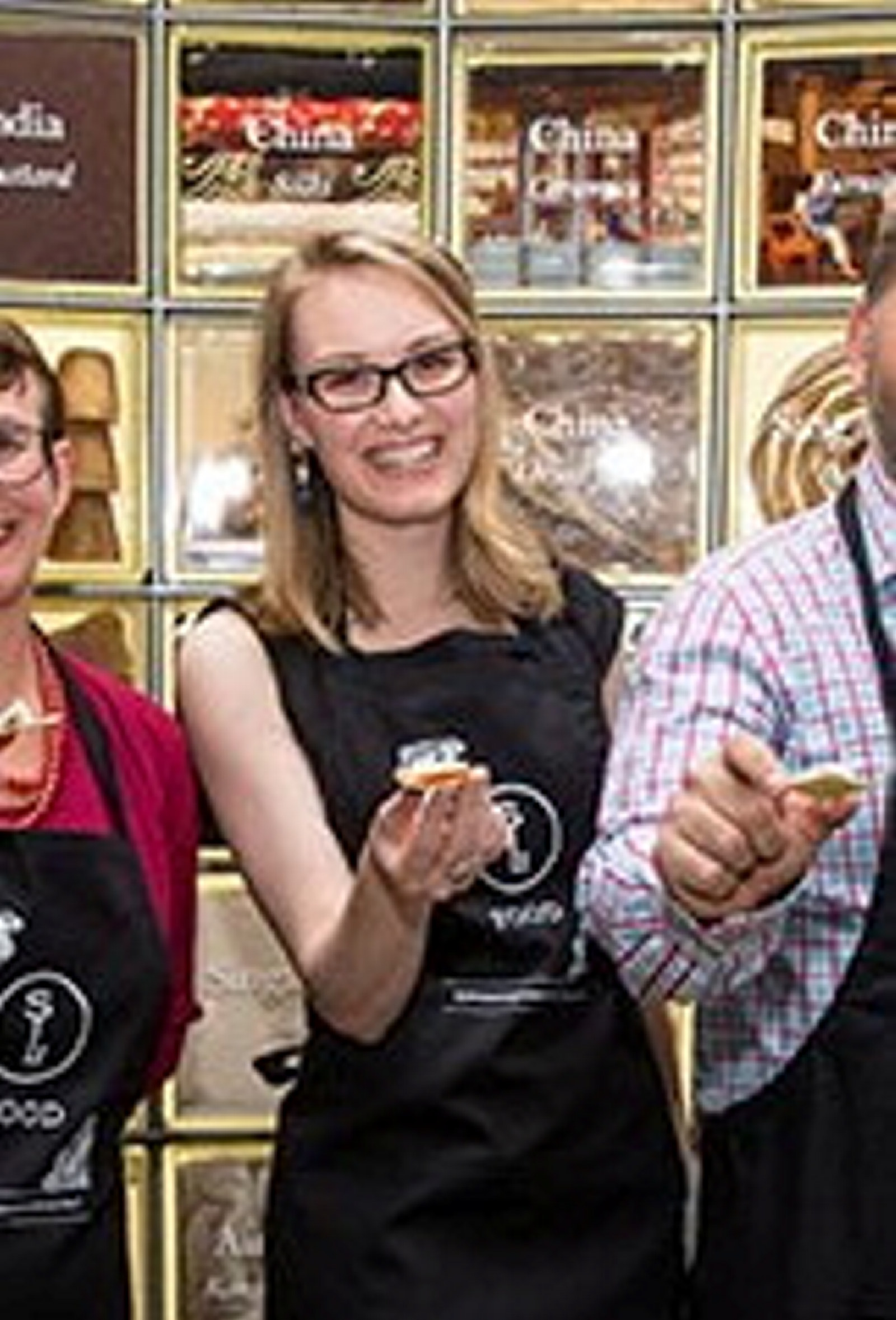Meet Andrei Davidoff
Andrei Davidoff, a contemporary ceramic artist, worked in the courtyard of Vaucluse House during the busy September school holidays in 2014, creating artworks inspired by his surroundings. Alysha Buss caught up with Andrei 'at the wheel' to find out a bit about him and his practice.
Join Alysha for a spin...
I ended up being in an art form that uses a lot of chemistry ...
ALYSHA BUSS: Tell me about your art making practice.
ANDREI DAVIDOFF: In essence I’ve got two strings to my bow in my practice. I’ve got a functional ceramics practice - so that’s designing and making ceramics bowls, plates, bottles and vases for shops, restaurants, interior design commissions, that kind of stuff. Then I’ve got my conceptual practice, which doesn’t always include ceramics. I also work with glass and lead and steel and a whole bunch of media.
My conceptual practice usually involves me looking at architectural spaces - that’s my interest - space, how people interact with spaces, and how those spaces fit within the natural environment.
AB: Could you tell us/me about your background and how that contributes to your practice today?
AD: I studied chemical engineering, then I got into the visual arts so people are often interested and say ‘did you waste all that time doing engineering?’ But I ended up being in an art form that uses a lot of chemistry and there is a knowledge that has to come with you being able to work proficiently with clay and make your own glazes and to fire in certain ways.
So I guess you can say that my pre-arts background and understanding of materials and chemistry really helped my knowledge to be deeper in the technical aspects.
AB: And you can push the materials in different ways?
AD: I can muck around with things a little more and know why certain things happen.
AB: What is it about Vaucluse House that made you want to be an artist-in-residence here?
AD: Once I came here for the initial visit, it became clear that there are some really interesting stories here, as well as spaces, and the stories and the spaces go together really nicely. So it was a perfect place to have a residency.
The parents were like, let’s go and get an ice cream, and the kids were like, no we want to see him make another pot ... I've become cooler than ice cream
AB: How's it been working and talking to visitors and what do they get out of it, in your opinion?
Well, I haven’t really worked in public, so I was a little bit nervous before I started. But I have two little baby girls at home, and they are constantly at my heels while I’m working in the studio. So chatting and working - ceramics is good for that. It’s a really nice and relaxing process that you’re working with as well, when it’s going well. Luckily nothing went badly, so I didn’t have any bad days, everyone was happy. I think the kids really loved it.
For me it’s a really common thing for people to make, I have so many friends who work with clay and are artists. But I do realise that most people don’t get to see how these things are made, what the whole process is. So I guess it’s really nice for them and lots of people just sat there fascinated. The parents were like, ‘let’s go and get an ice cream’ and the kids were like ‘no we want to see him make another pot’, and I was like ‘I’ve become cooler than ice cream’… the ultimate compliment (laughs).
AB: I'm really looking forward to seeing these finished and on display throughout the house in the summer holidays. What's in it for the visitors?
AD: I think people exploring the house and seeing details that they might not have seen before or doing a tour and then seeing my works and things coming together with the stories. I really want people to notice things about the spaces that they might normally just walk by and might not realise.
Published on
Related
Browse all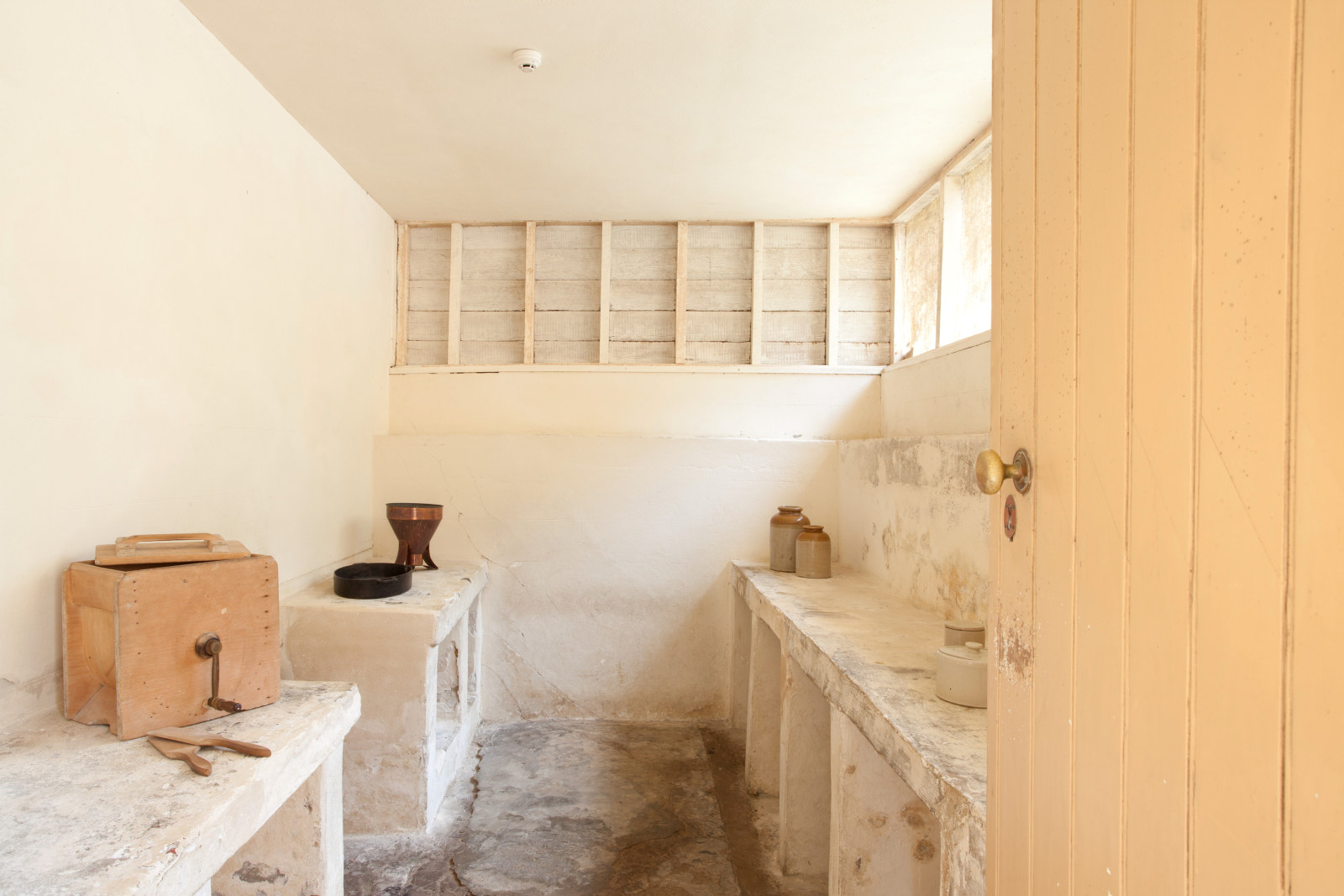
The coolest room in the house
What practical techniques can we learn from historical building design to minimise heat and energy consumption in our homes today?
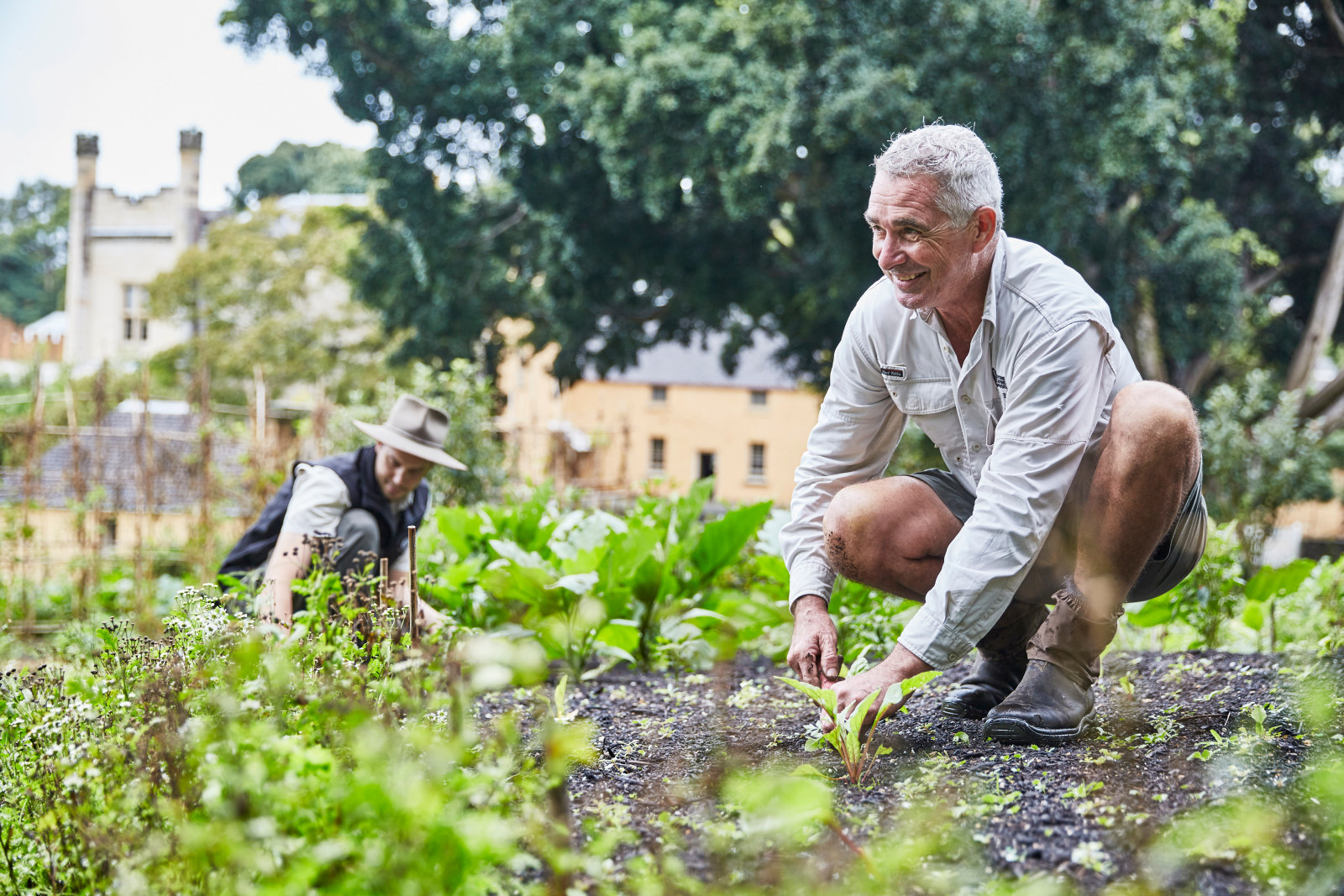
Conservation
Vaucluse House kitchen garden
The Vaucluse House kitchen garden recently underwent a significant rejuvenation project to preserve the site and allow it to continue to be used as a valuable educational resource
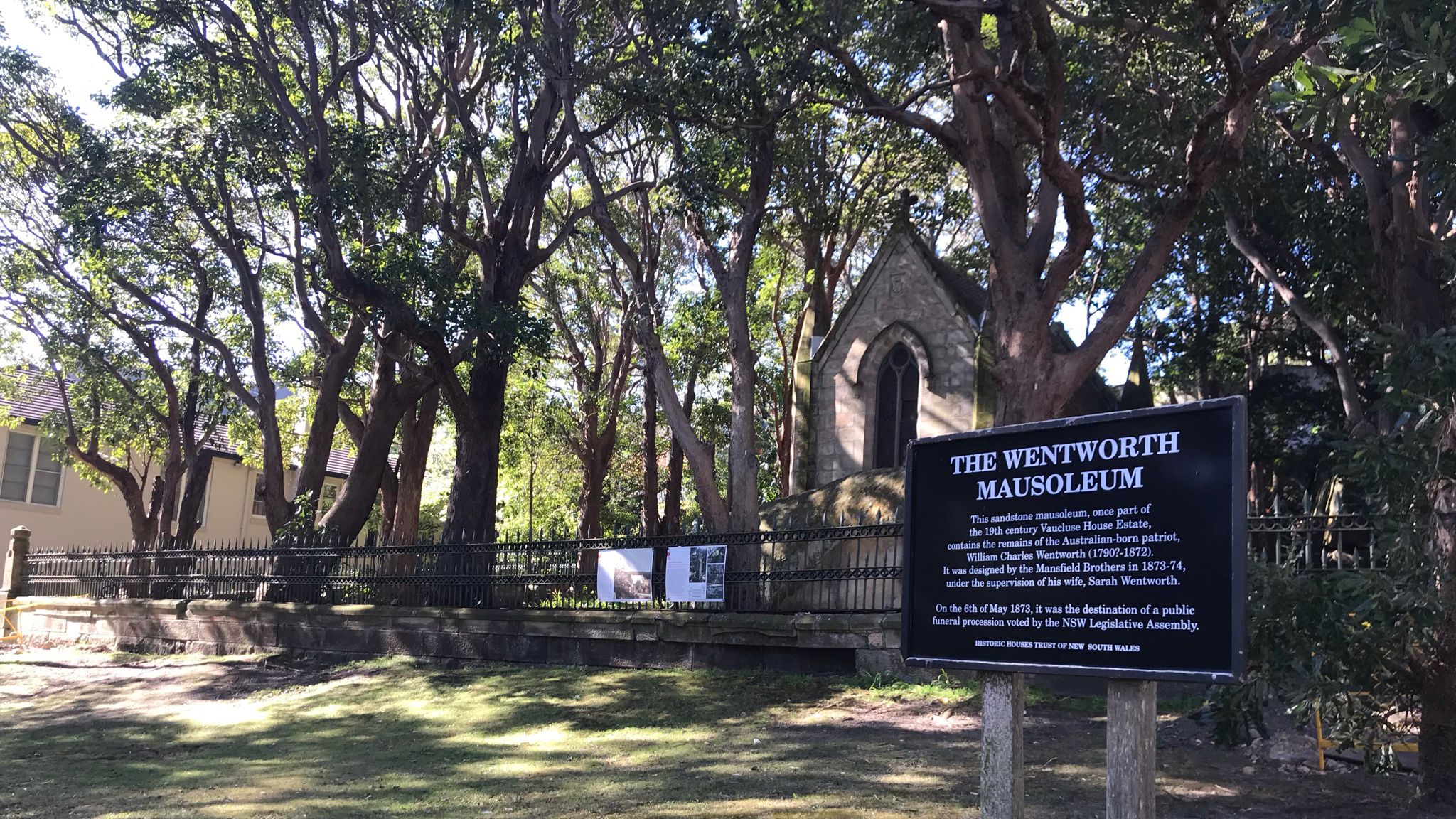
Wentworth Mausoleum perimeter fence conservation
MHNSW is undertaking the first comprehensive conservation works to the fence surrounding the 1870s resting place of William Charles Wentworth
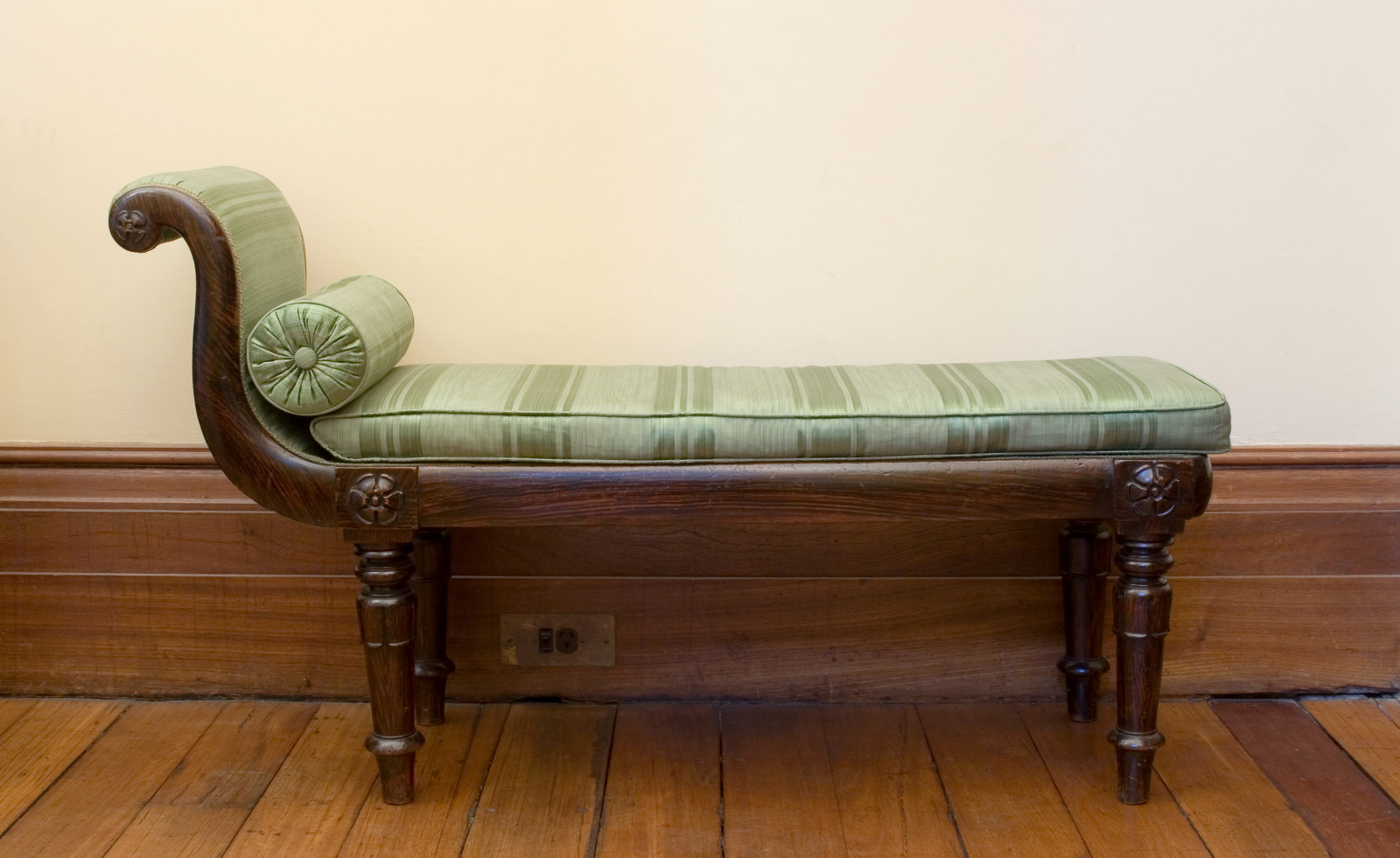
Designed with intent: colonial vs modernist chairs
This selection of furniture juxtaposes the old with the new: early 19th-century colonial seating and modernist styles made over a hundred years later
